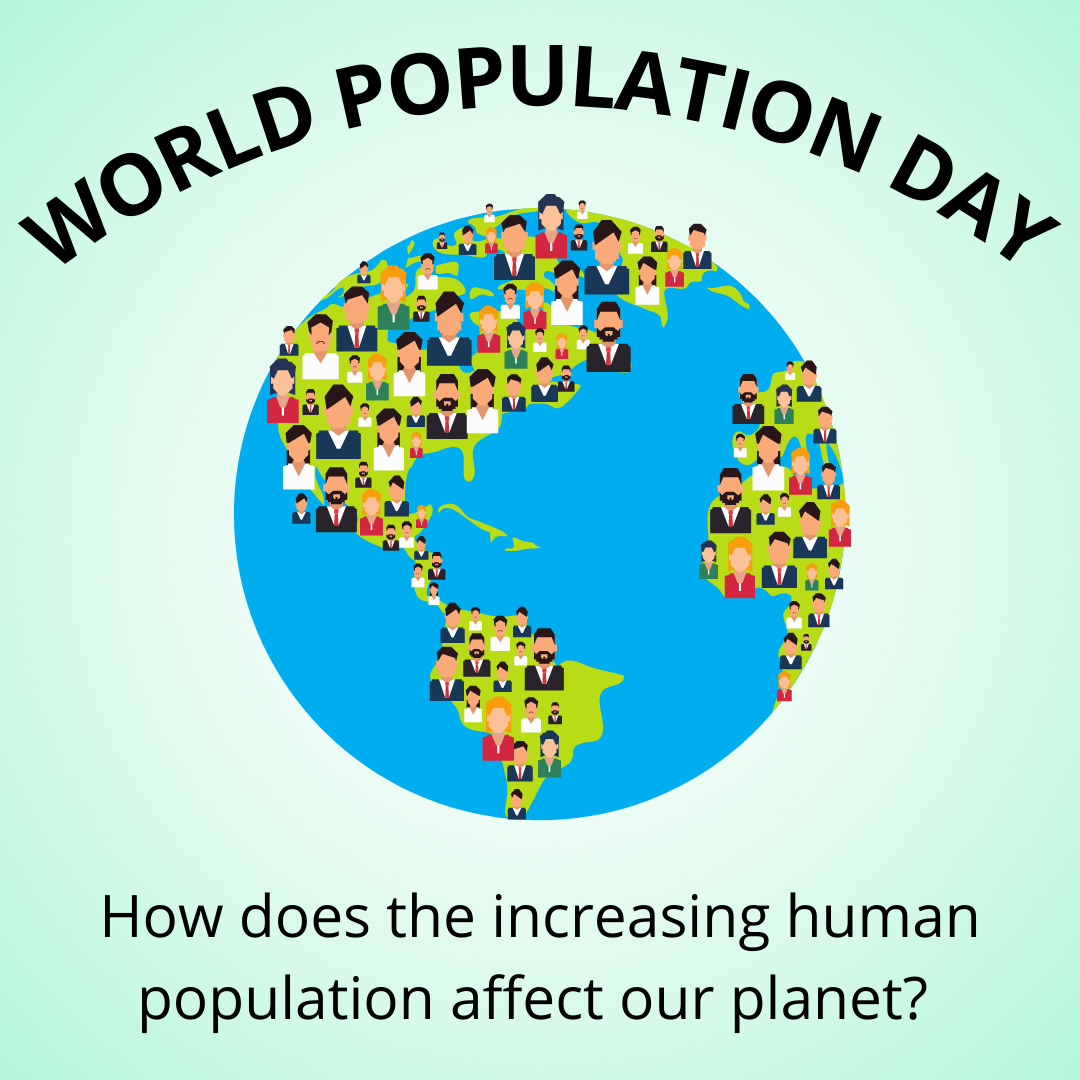What is World Population Day?
Written by Erin Bell - Communitopia VP
You may or may not be aware of World Population Day. Observed annually on July 11, it’s a day designed to bring attention to important population issues including global birth rates, family planning, urbanization, public health and human rights. Moreover, World Population Day is an opportunity to take into consideration how these factors impact our environment and our continued fight against climate change.
Because climate change is caused by human activity--most notably human-generated greenhouse gas emissions--population trends are particularly relevant as countries across the world work together to mitigate climate change and build a sustainable global society.
For decades there have been concerns about how an ever-increasing population would strain our world’s resources. Between 1950 and 2019, the world population grew between 1% and 2% each year, from approximately 2.5 to more than 7.7 billion people. But population growth rates have now slowed significantly, and predictive models forecast a decrease in global population by the turn of the century. In fact, birth rates in the U.S.--one of the highest emitters of greenhouse gases internationally--have fallen 4% over the past year to its lowest point in recorded history.
While these trends are promising when it comes to climate change, a decreasing population doesn’t necessarily equate to decreasing emissions if (energy) consumption per person continues to rise. Just as important as the numerical measure of the population are the policies that govern that population, as well as their access to healthcare, housing, education and more.
These complex factors are all very much connected to climate change. And regardless of how our global population fluctuates, one thing is for certain: energy innovation and efficiency, climate policy, and an economic model that is sustainable for our earth will be essential to keep people safe.
To learn more about World Population Day, visit the UN’s website.


